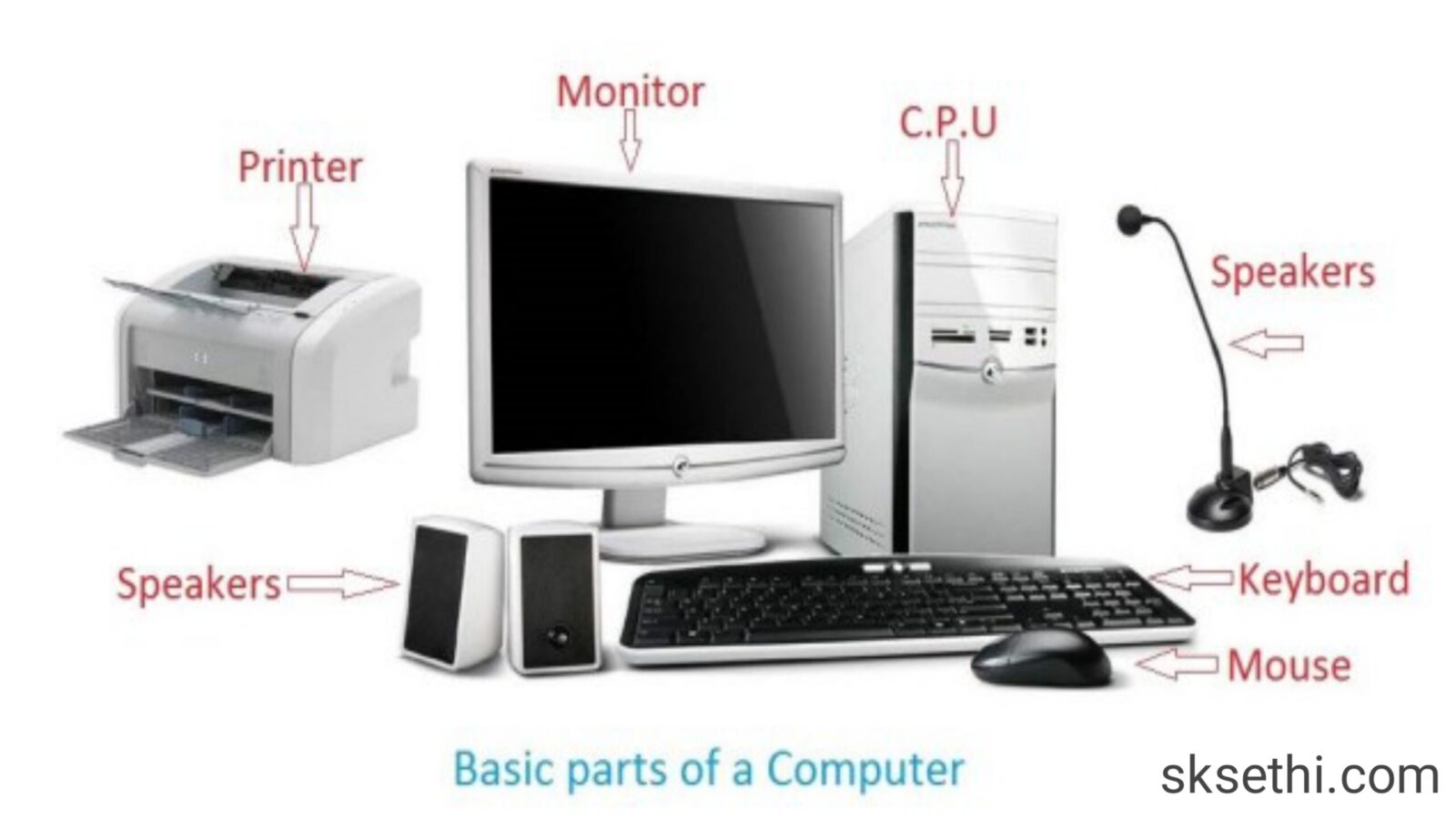The Potential of Excess Computer Parts in Education

Within today’s tech-focused landscape, a demand for PC parts is ever-increasing. Nonetheless, numerous educational institutions and individuals are looking for more cost-effective alternatives to keep pace with this need. Surplus computer parts present an exciting opportunity not only to save money but also to make use of valuable resources that would otherwise go to waste. These components can be the ideal solution for educational institutions and students looking to build or upgrade computers without breaking the bank.
Comprehending how to navigate the world of surplus computer parts can be a transformative experience in education. Equipped with the right knowledge and guidance, anyone can find premium components that enhance learning environments and foster practical experience with technology. From selecting the ideal used motherboard to ensuring the performance of surplus RAM, this ultimate guide will provide tips on how to make smart purchases, what aspects to consider, and how to identify the best deals, ensuring a positive experience for all participants.
Buying Surplus Digital Components of Computer
Surplus PC pieces are an amazing resource for enthusiasts, teachers, and anyone looking to create or improve a PC without spending a fortune. click this site , often sourced from organizations upgrading hardware or users organizing, provide an chance to obtain high-quality pieces at a fraction of the retail cost. However, comprehending how to maneuver read here of surplus materials is vital for making smart buying decisions.
When you begin looking for leftover computer components, it is essential to recognize what you're looking for. Condition control is key, so familiarize yourself with key metrics and standards for every piece. Whether you’re after a second-hand motherboard, video card, or memory, knowing the up-to-date pricing trends and standard cost can help you spot a great bargain versus a possible rip-off.
Finally, it’s essential to consider the condition and integration of the surplus pieces you are looking at. Not all leftover pieces are manufactured the same; some may have experienced extensive wear and may not work efficiently. Learn how to judge the quality of different pieces, including checking external flaws, verifying efficiency, and ensuring integration with your pre-existing setup. By abiding by these tips, you will empower your situation to make informed judgments, ensuring that your investment in surplus digital components produces great benefits.
Key Tips for Assessing and Testing Parts
When evaluating surplus components, it's crucial to evaluate each component's condition and performance carefully. Start by examining the physical condition for any signs of wear, deterioration, or rust. Components like mainboards or power units should not have visible burn marks, swollen capacitors, or unsecured connections. Be mindful of the cleanliness of the parts as well; debris and dirt can suggest inadequate storage or neglect, which may affect functionality.
Testing is a critical step in evaluating surplus components. If possible, utilize matching systems to check the operations of random access memory, GPUs, and CPUs. Perform load tests to ensure they can handle the required load without overheating or malfunctioning. For hard drives and solid-state drives, check for read and write speeds as well as any potential bad sectors. Utilizing testing equipment can uncover underlying issues that might not be apparent from a basic visual check.

Fit is another factor to take into account when assessing surplus parts. Be sure to verify that the components will function with your existing system. Check specifications such as socket types for CPUs and RAM compatibility with mainboards. Additionally, verify that all other components, such as the power supply and heat sinks, are adequate for the components you're considering. By taking these recommendations, you can make educated decisions and maximize the benefit of your surplus computer parts.
Maximizing Value: Intelligent Approaches for Choosing Surplus Gear
While delving into the universe of surplus computing components, possessing a well-defined strategy can significantly enhance your odds of acquiring high-quality items at the most favorable costs. Commence by conducting thoroughly investigation on the specific parts that are required. Familiarize yourself with the crucial details, compatibility needs, and the current rates of these items. This information will empower the buyer to identify good deals and help you avoid paying too much or acquiring low-quality items.
Next, make use of reliable suppliers for any surplus acquisitions. Seek out businesses, web-based sites, or forum discussion boards that focus in surplus devices. Buyer reviews and ratings can deliver important knowledge into the reliability of sellers. Additionally, check about refund terms and guarantees, as these elements can offer confidence if a part does not meet your standards or breaks after purchase.
Ultimately, cultivate a discerning eye for potential red flags. Inspect parts carefully for any indications of flaws, deterioration, or low condition, which may impact their effectiveness. Utilize available equipment and resources to assess parts whenever possible, confirming they satisfy the buyer's needs before finalizing a transaction. By being meticulous and calculated, the buyer can maximize the worth of your excess electronic components, converting it into a significant asset for one's learning or individual projects.
